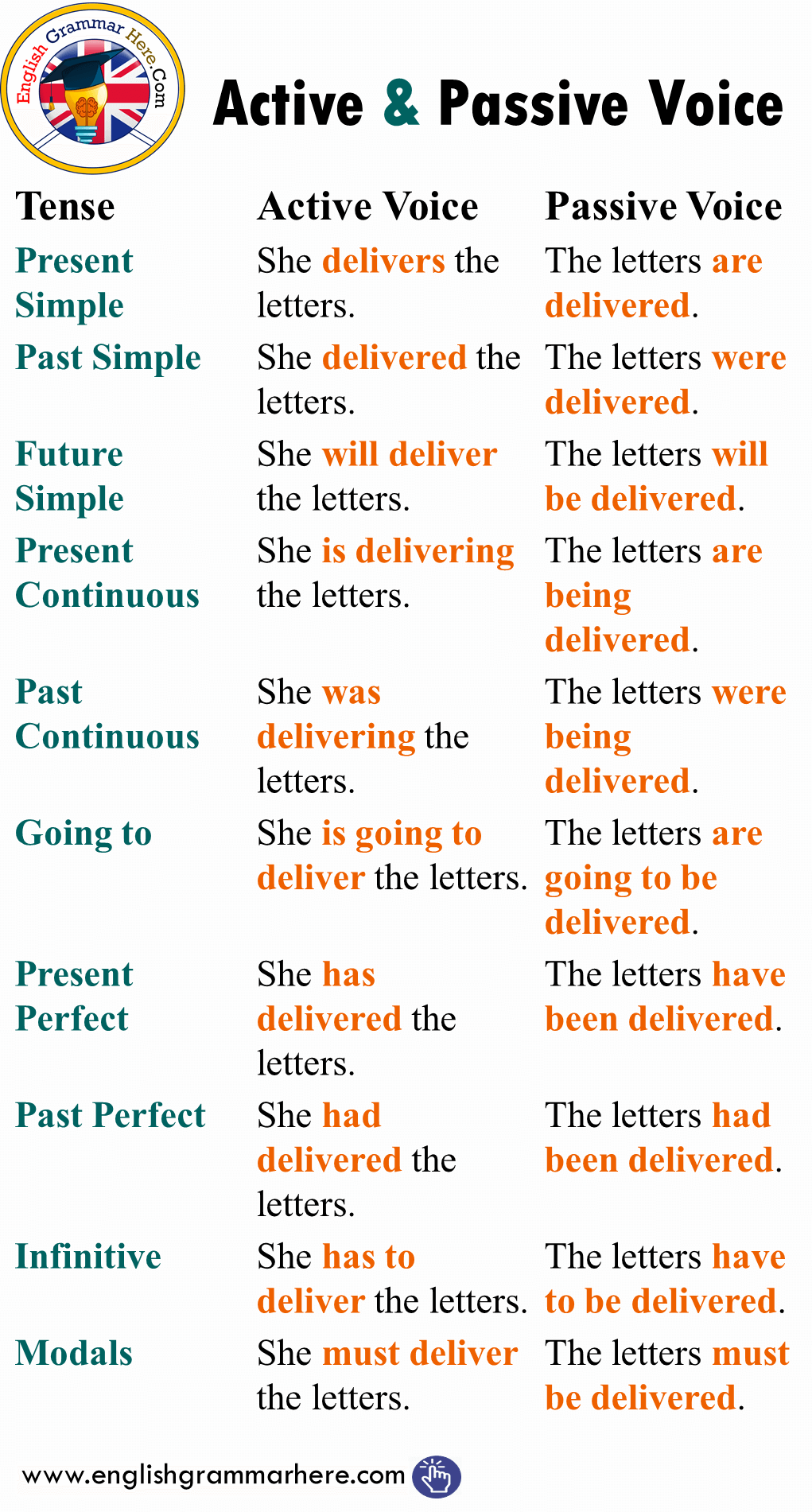Active and passive voice are two different ways in which a sentence can be structured. In active voice, the subject of the sentence performs the action, while in passive voice, the subject is acted upon. Understanding the difference between the two is important for effective communication.
Active voice is generally more direct and engaging, making it the preferred choice in most cases. However, passive voice can be useful in specific situations, such as when the focus is on the object of the action rather than the subject. Let’s explore some examples of both active and passive voice:
Examples of Active and Passive Voice
1. Active Voice:
The chef prepared the delicious meal.
In this sentence, the subject (the chef) is performing the action (preparing the meal). The sentence is clear and concise, making it easy to understand who is doing what.
2. Passive Voice:
The delicious meal was prepared by the chef.
Here, the subject (the meal) is being acted upon by the chef. While this sentence is still grammatically correct, it is less direct and can be less engaging for the reader.
3. Active Voice:
The team won the championship.
This sentence clearly shows who performed the action (the team) and what action was taken (winning the championship). Active voice is often used in storytelling and news reporting to make the narrative more engaging.
4. Passive Voice:
The championship was won by the team.
In this passive construction, the focus is on the championship being won rather than the team who won it. Passive voice can be useful when the subject is not known or is less important than the action itself.
5. Active Voice:
The company launched a new product.
Using active voice in this sentence makes it clear that the company took the action of launching a new product. This can be more impactful for marketing purposes and when highlighting achievements.
Overall, understanding when to use active and passive voice is essential for effective communication. Active voice is generally preferred for its clarity and directness, while passive voice can be useful in specific contexts. By practicing with different examples, you can improve your writing skills and choose the most appropriate voice for your message.
